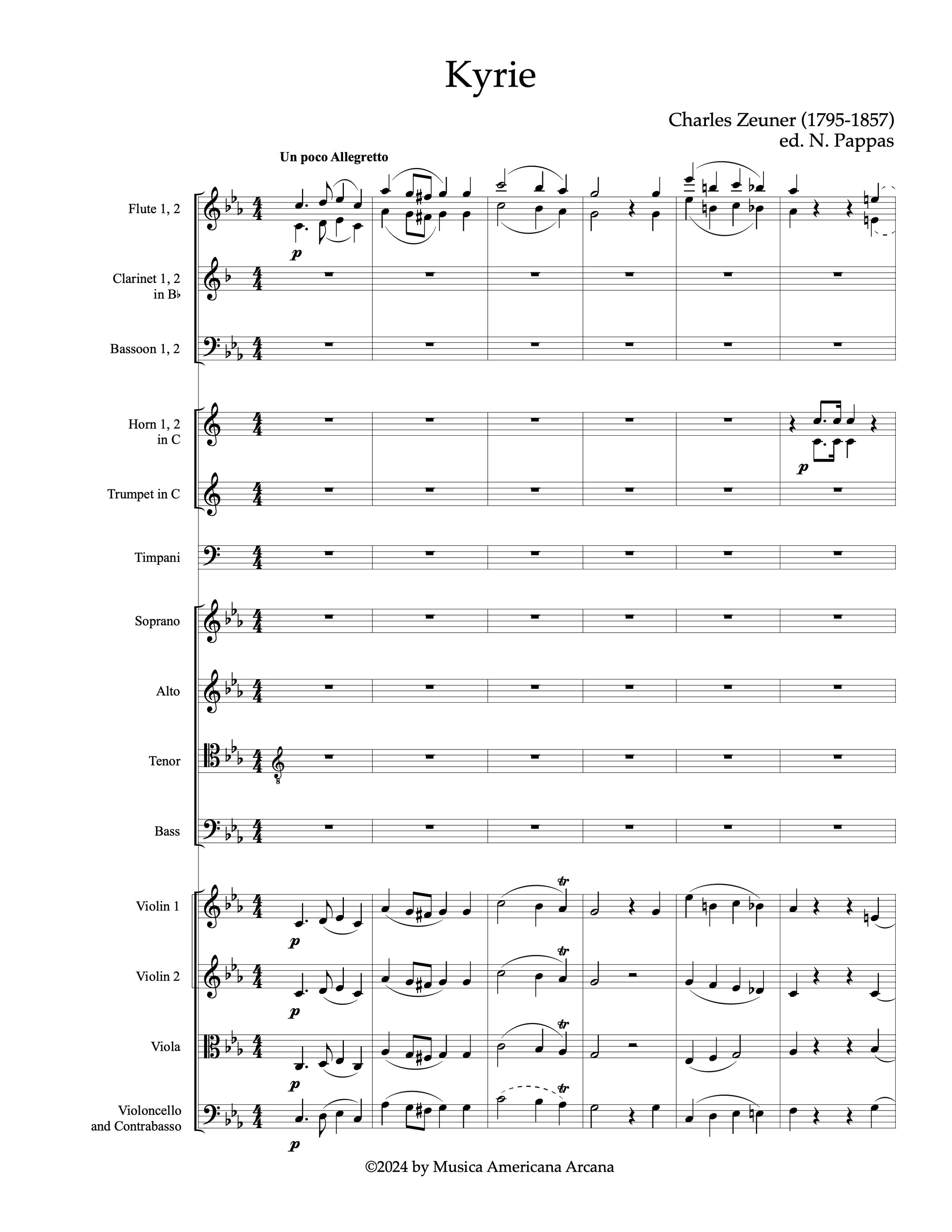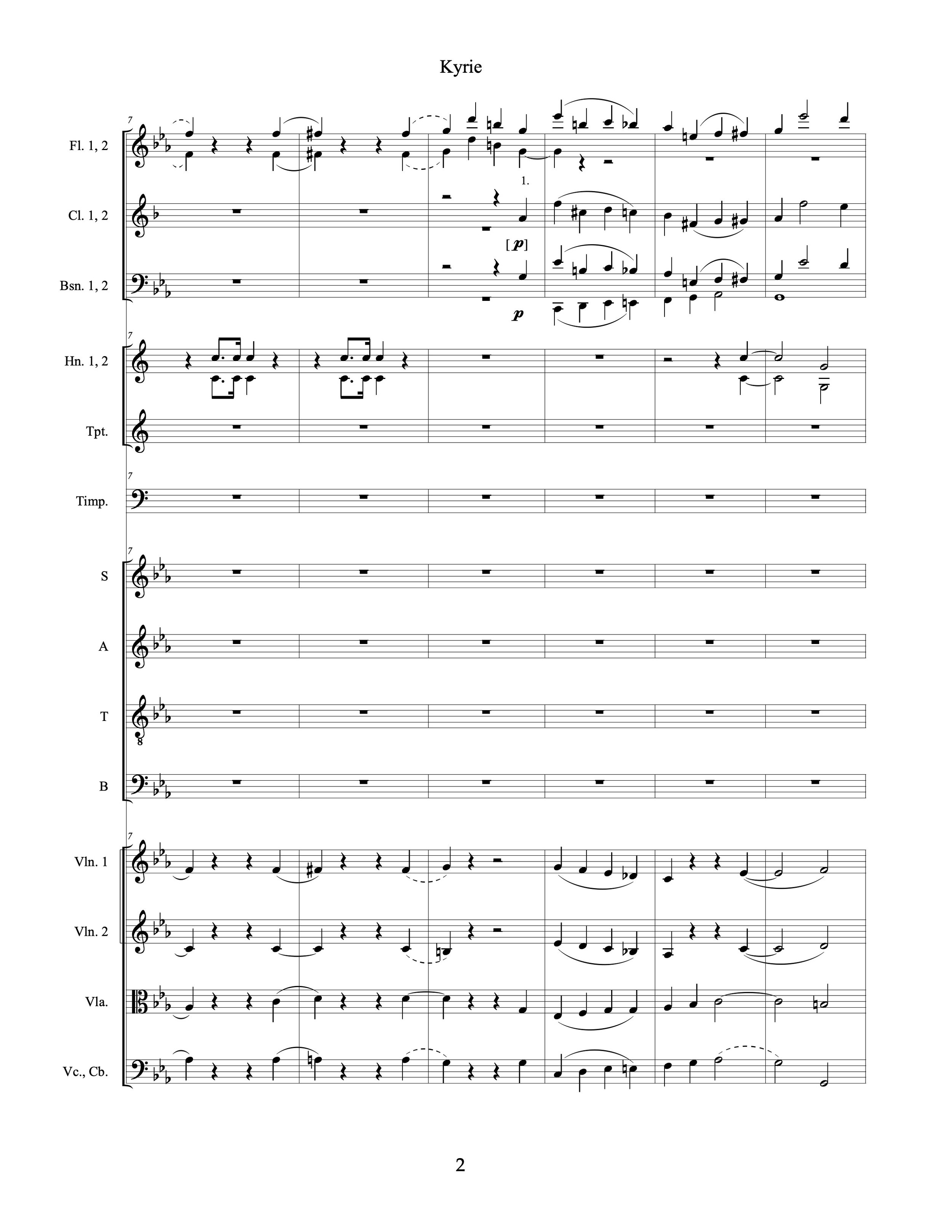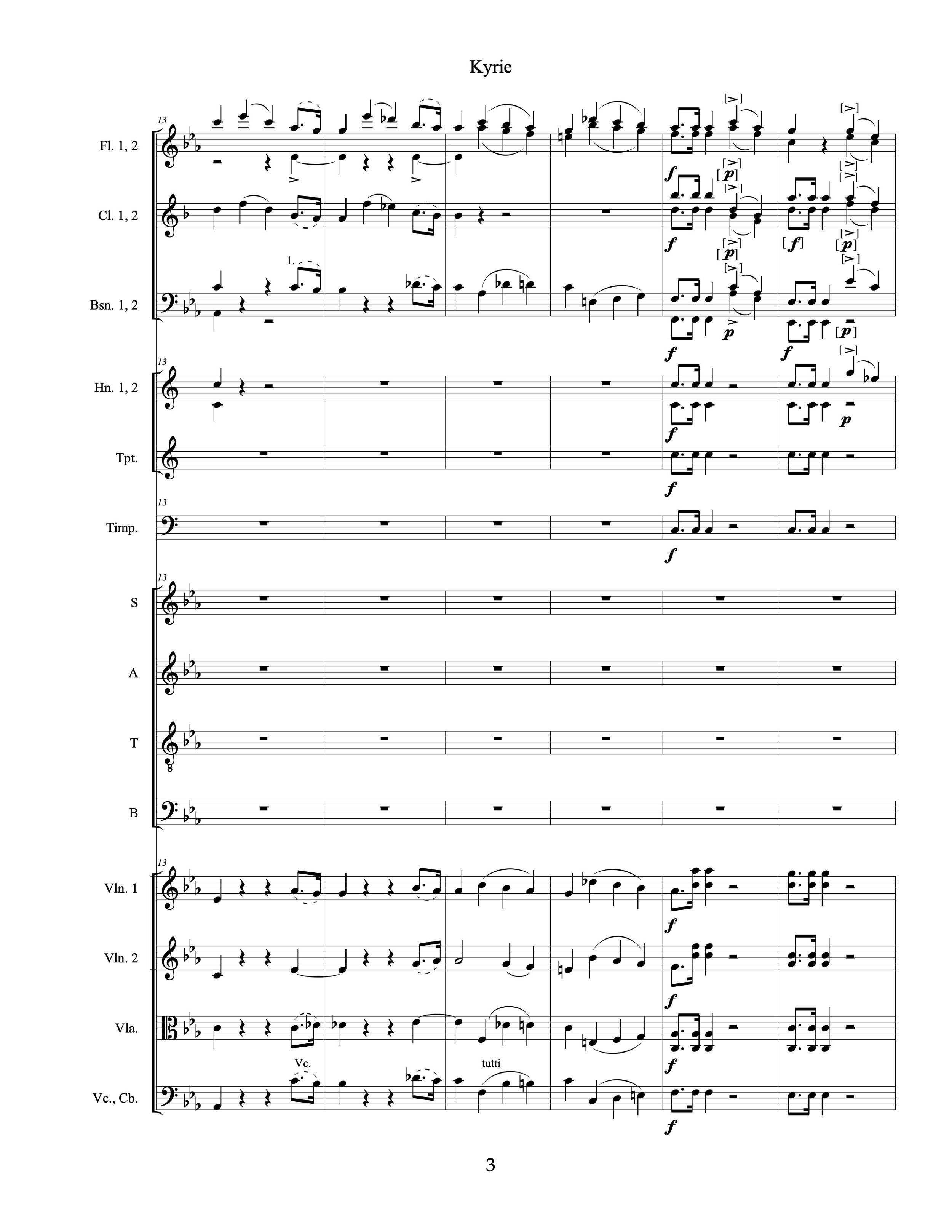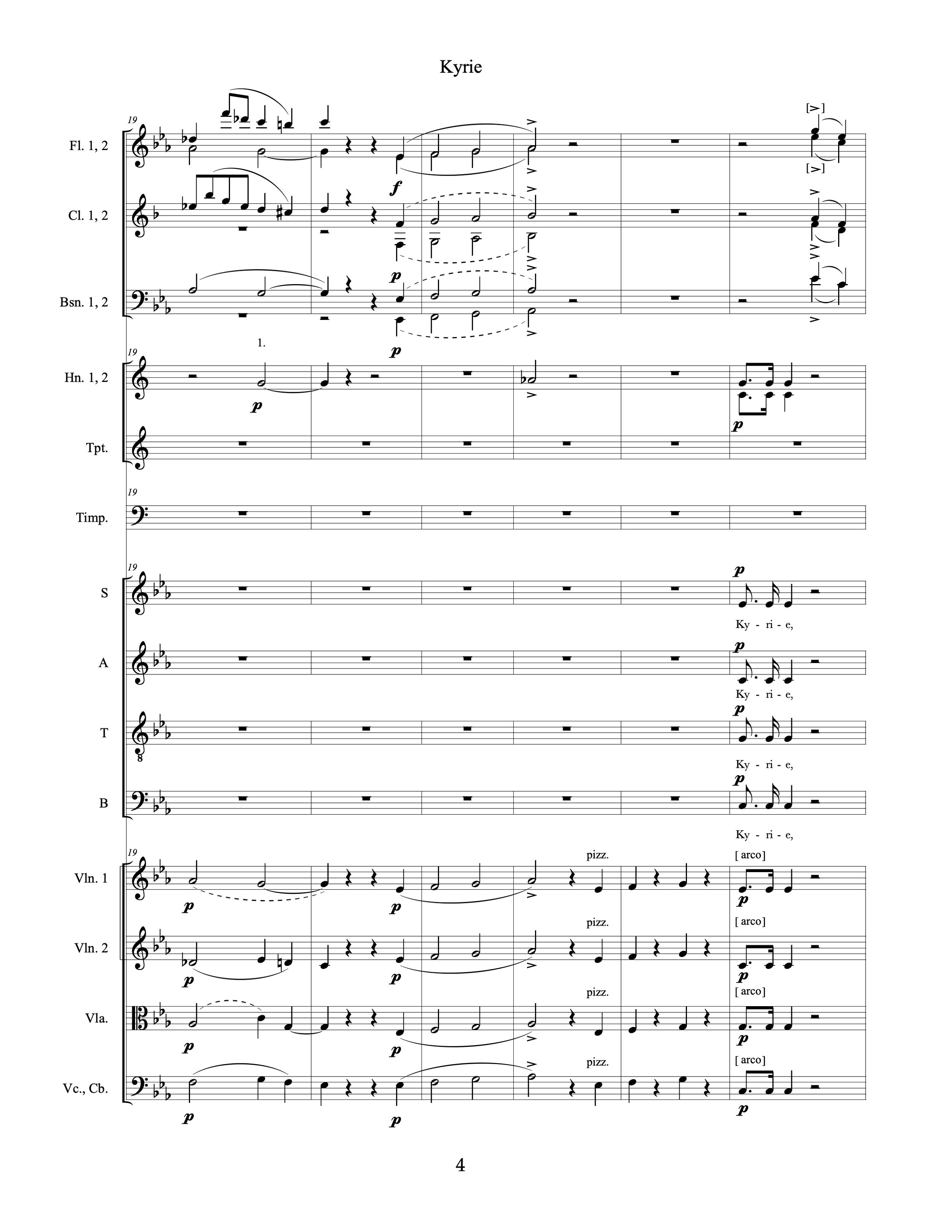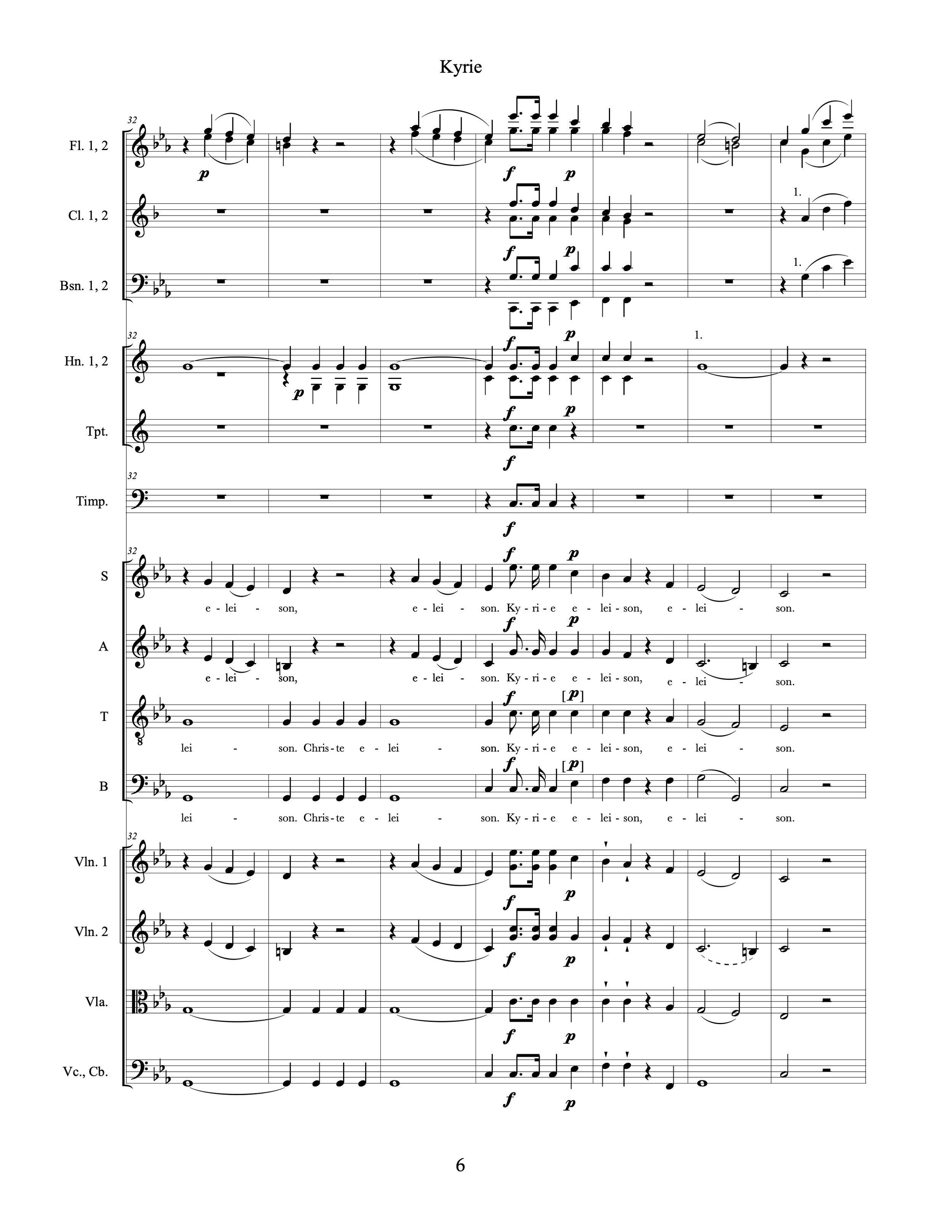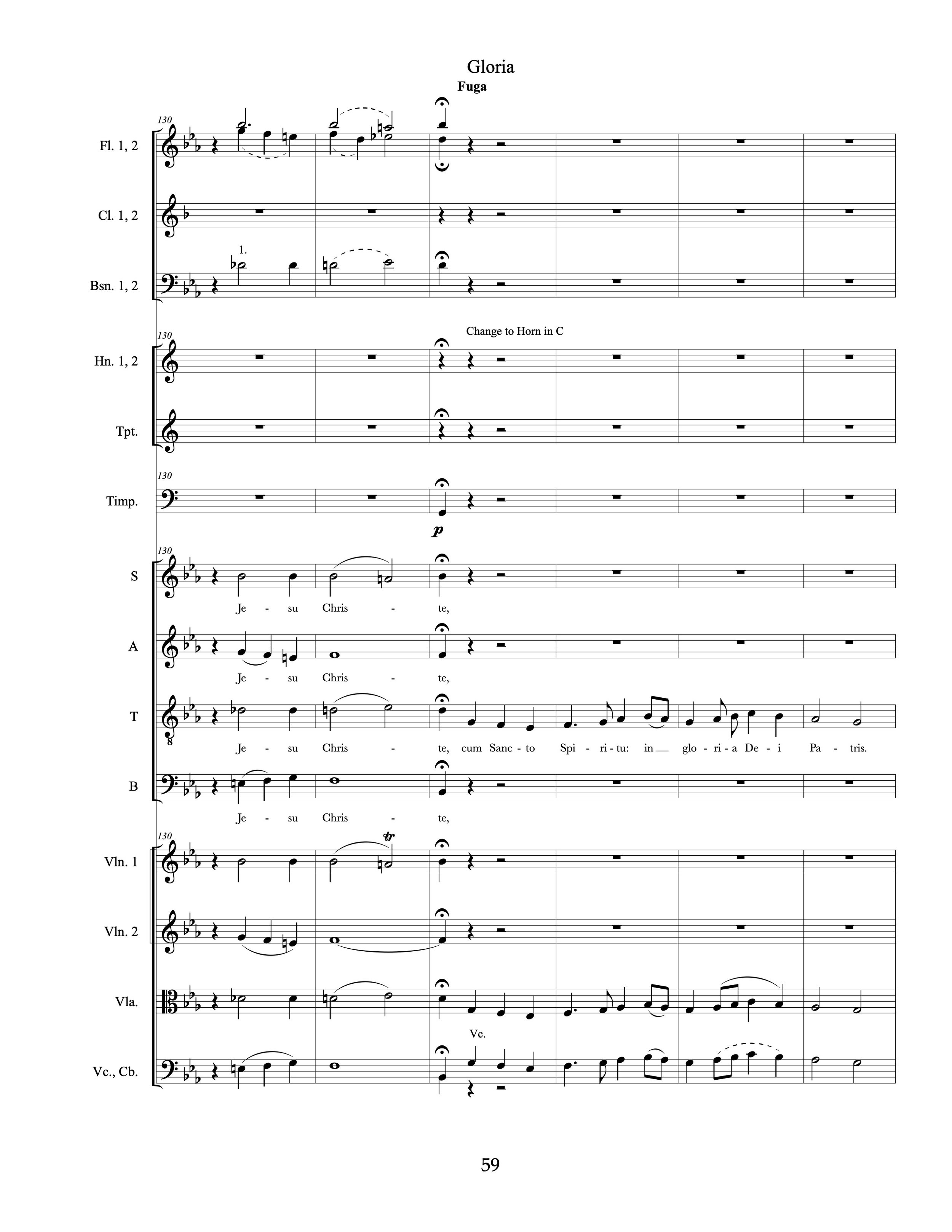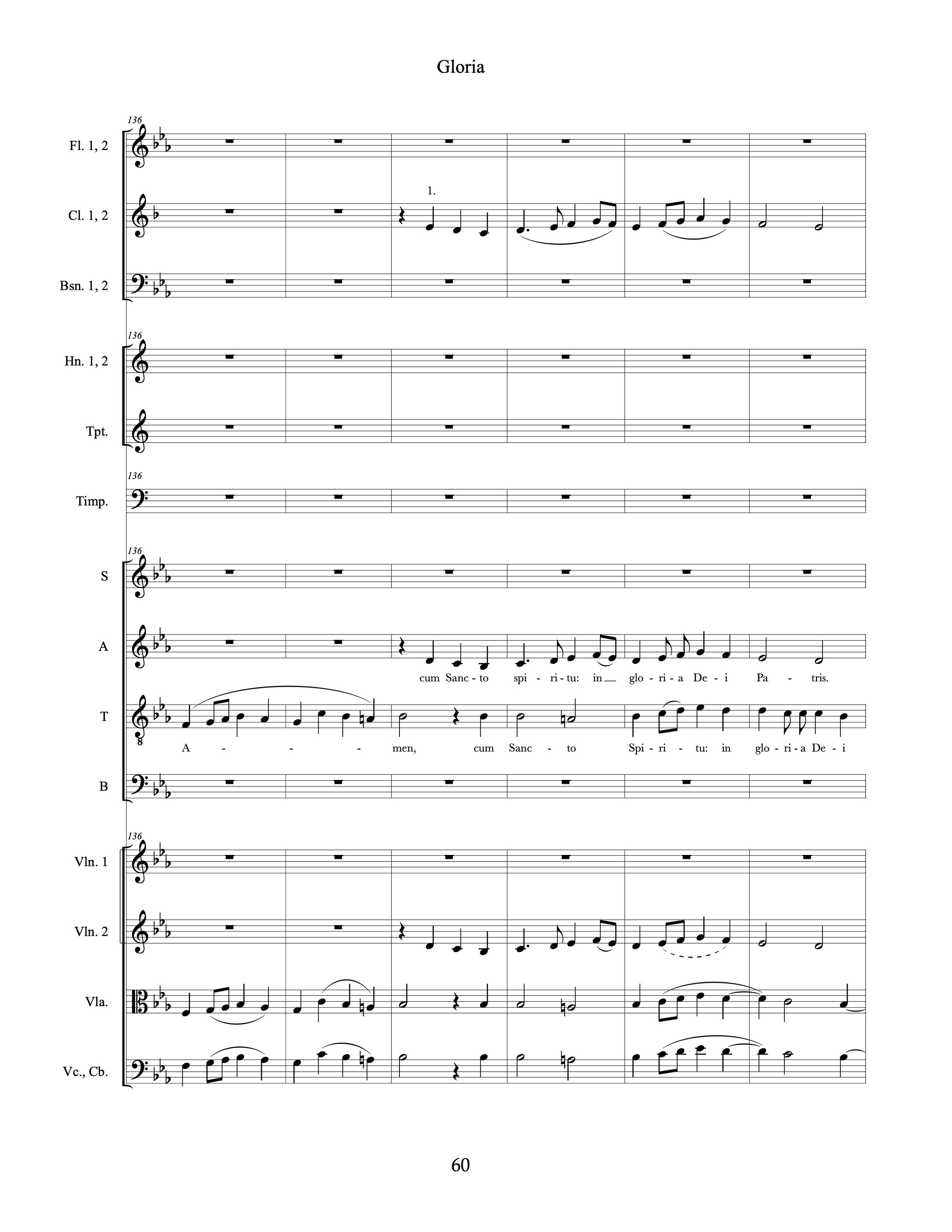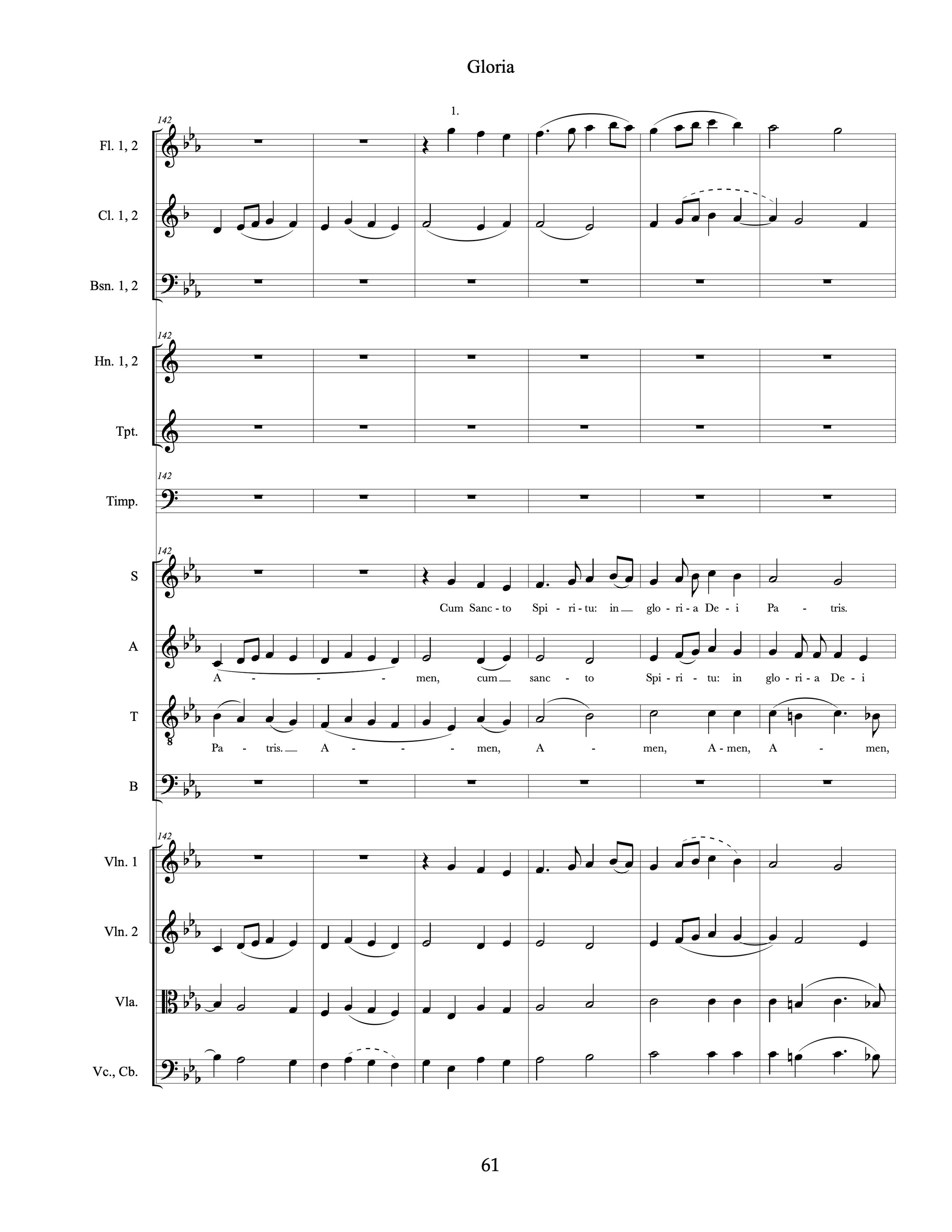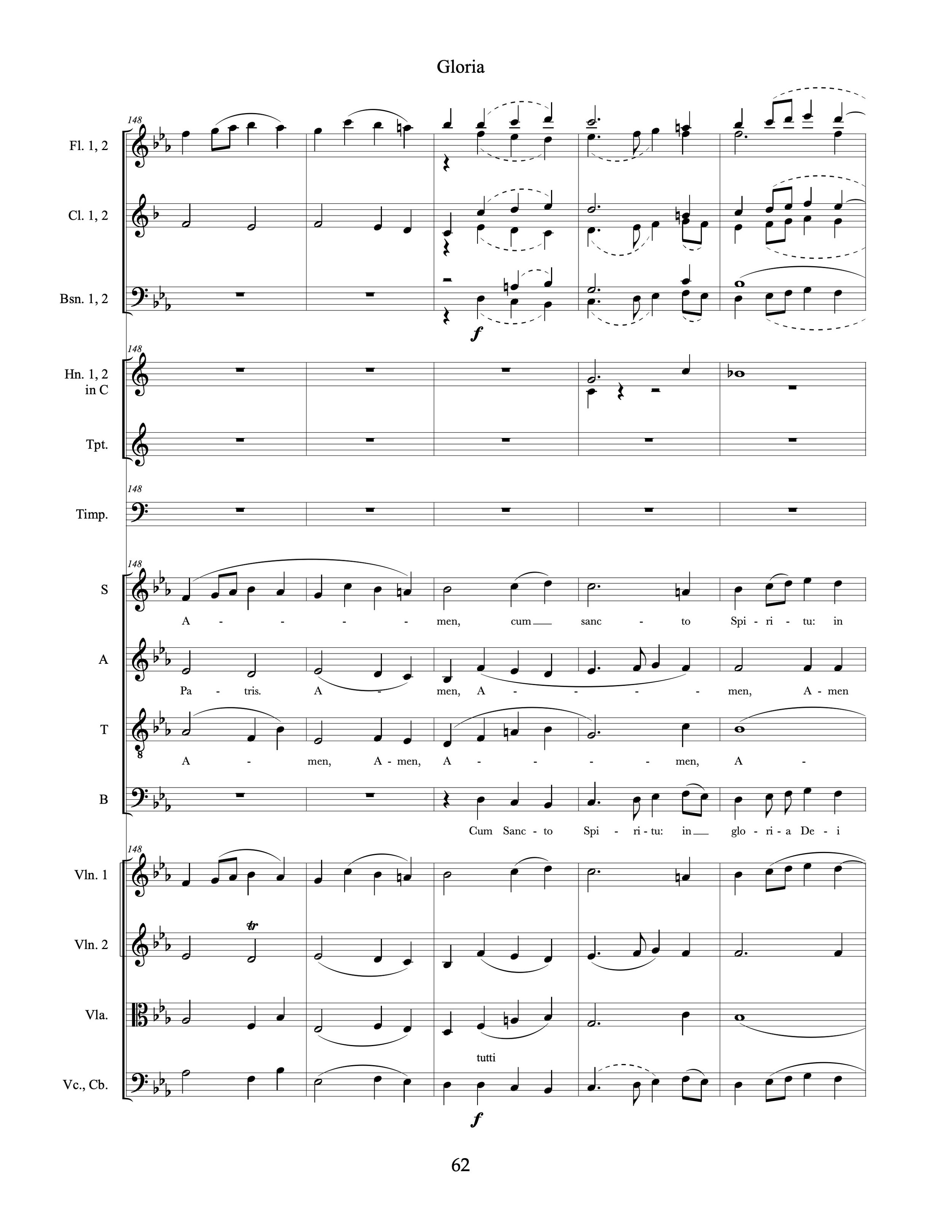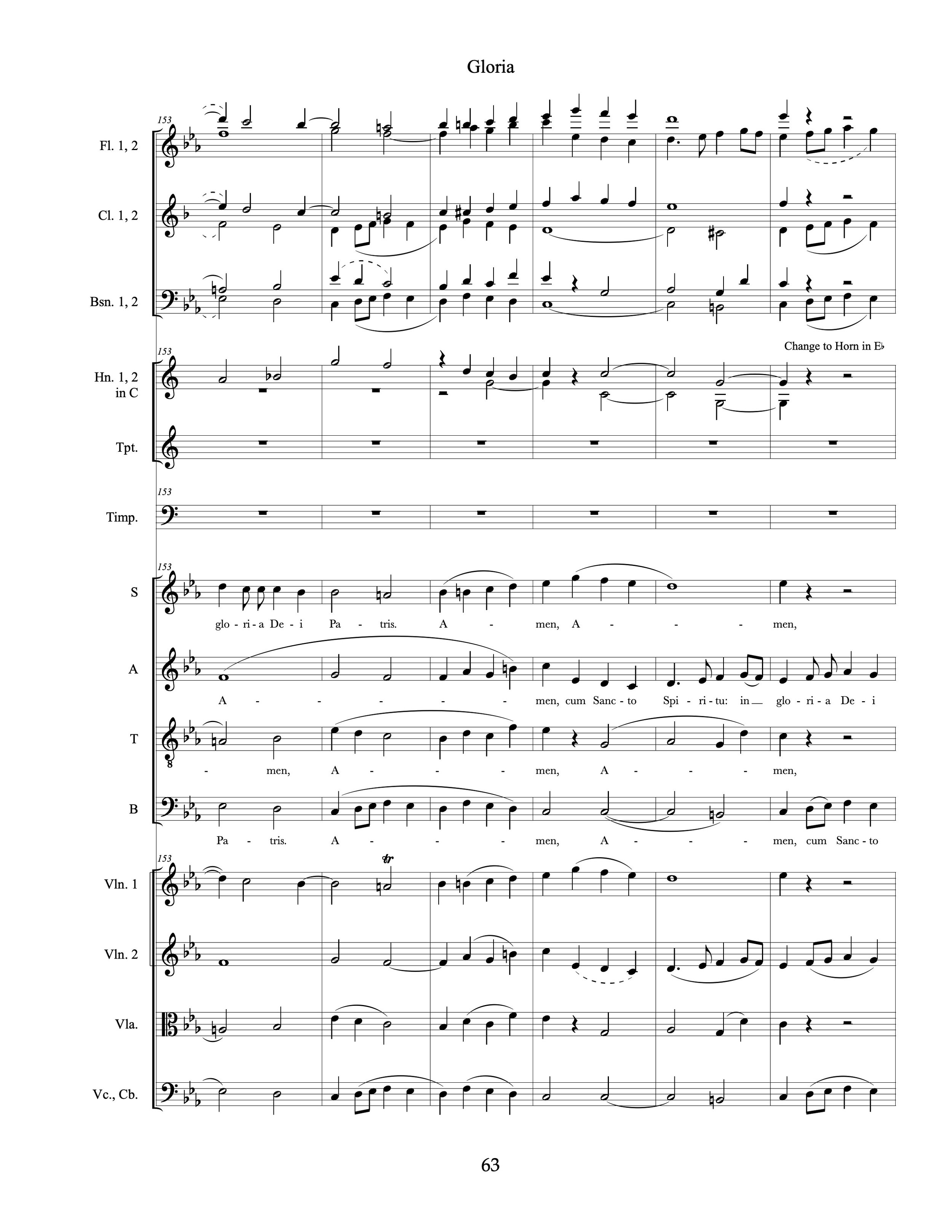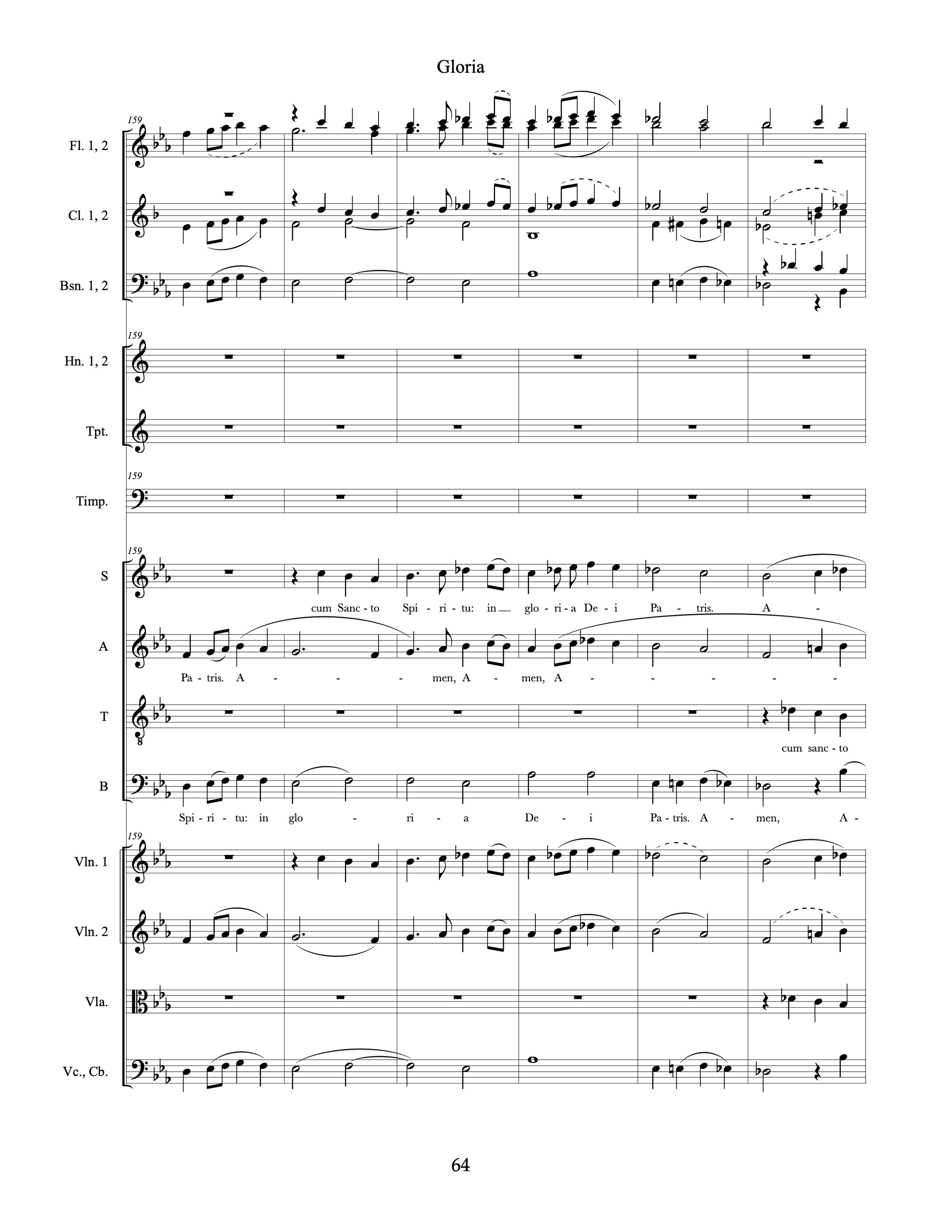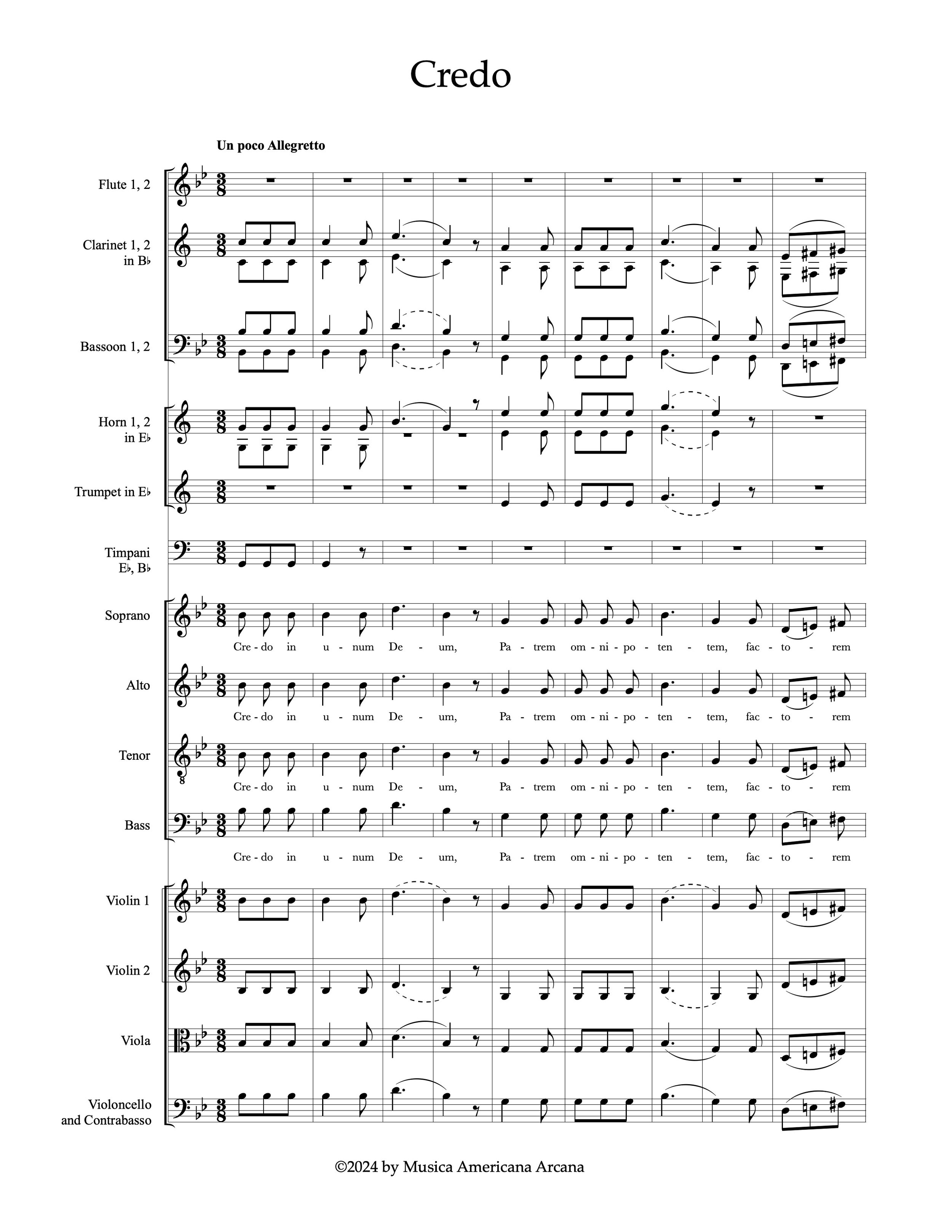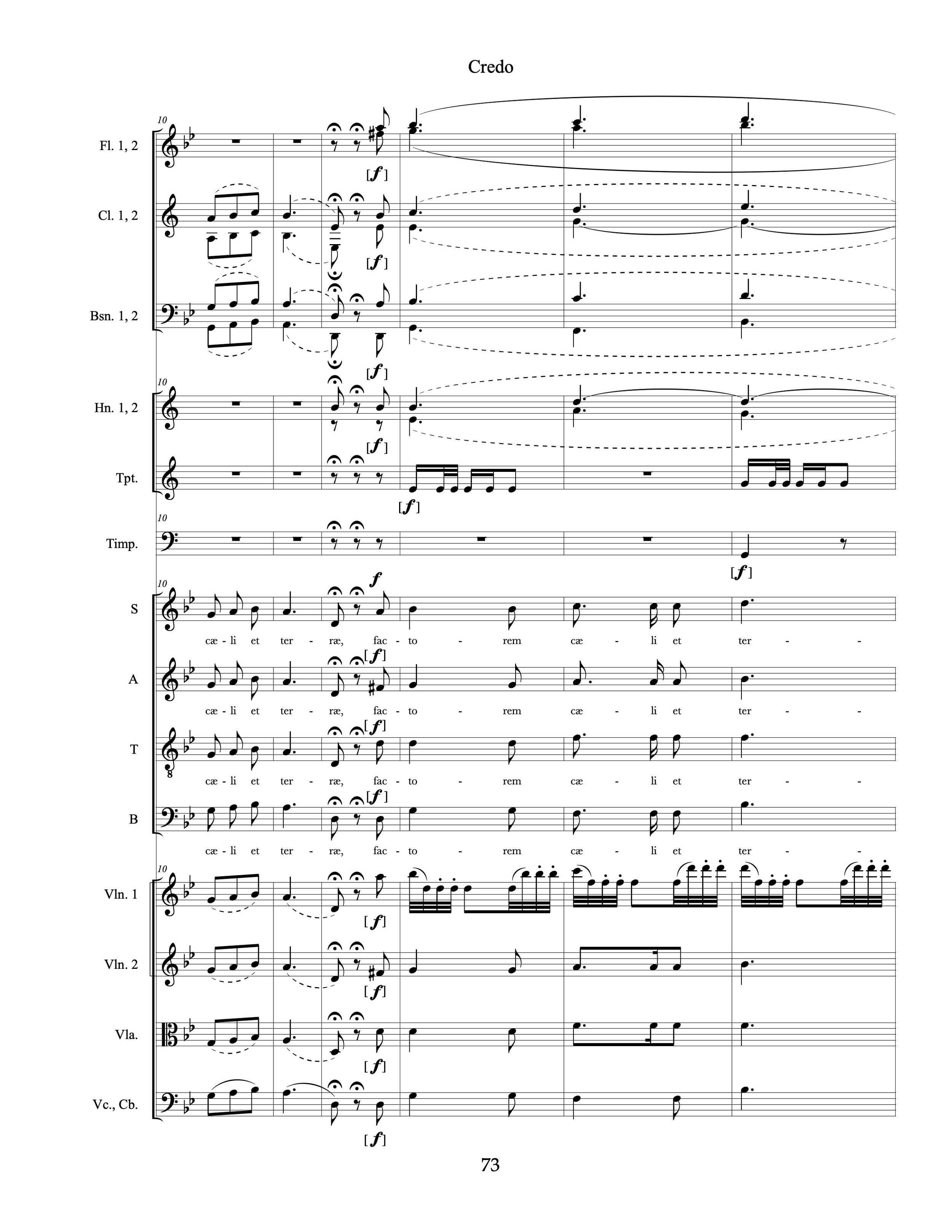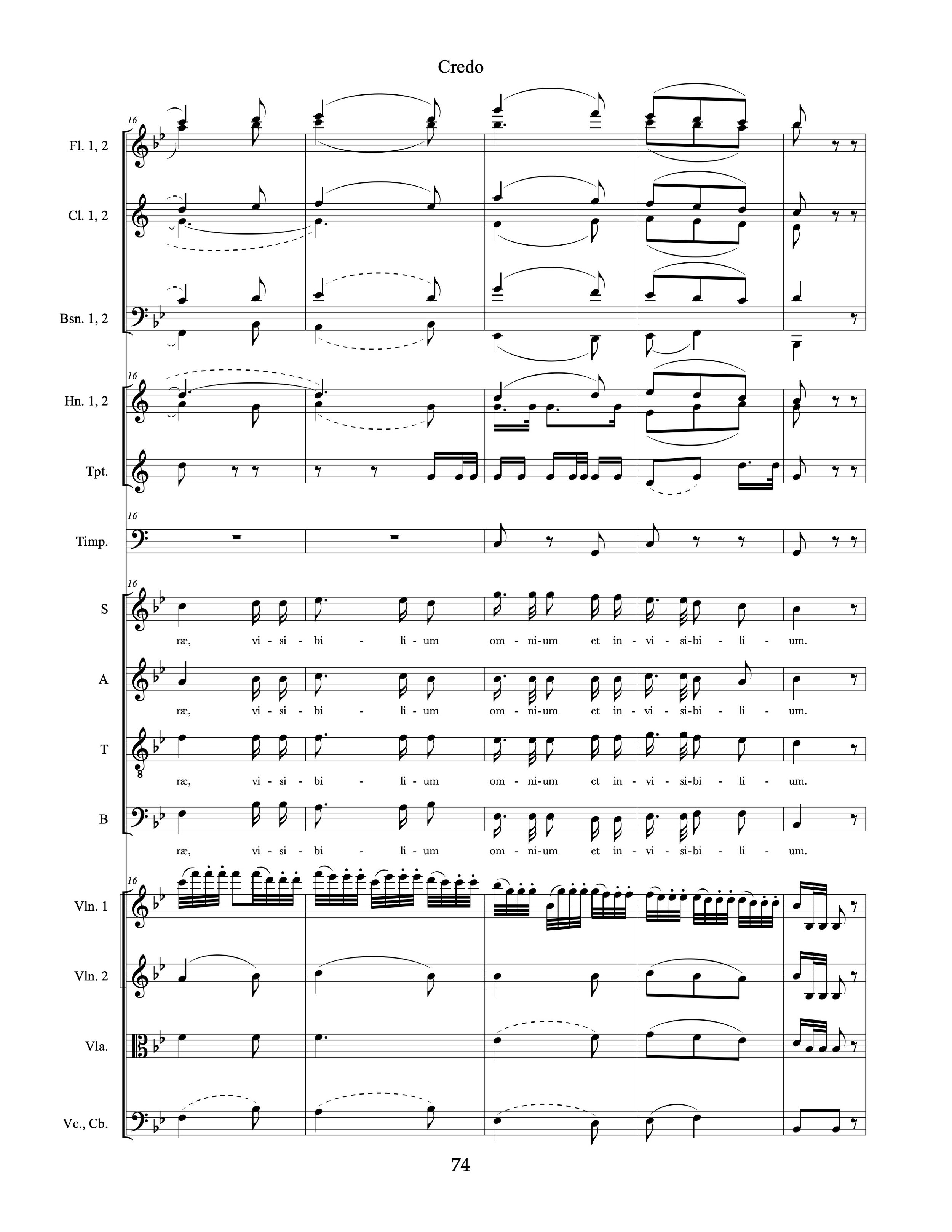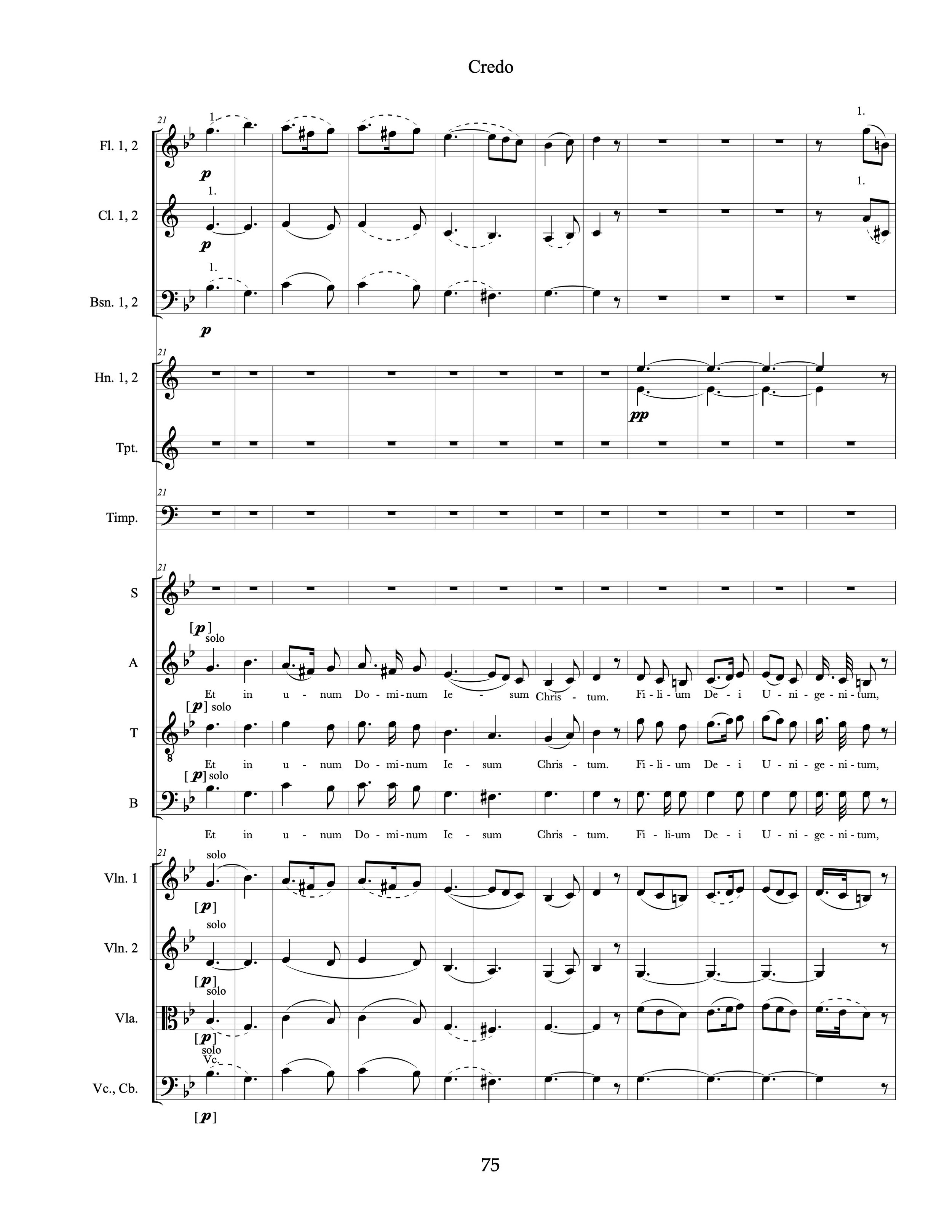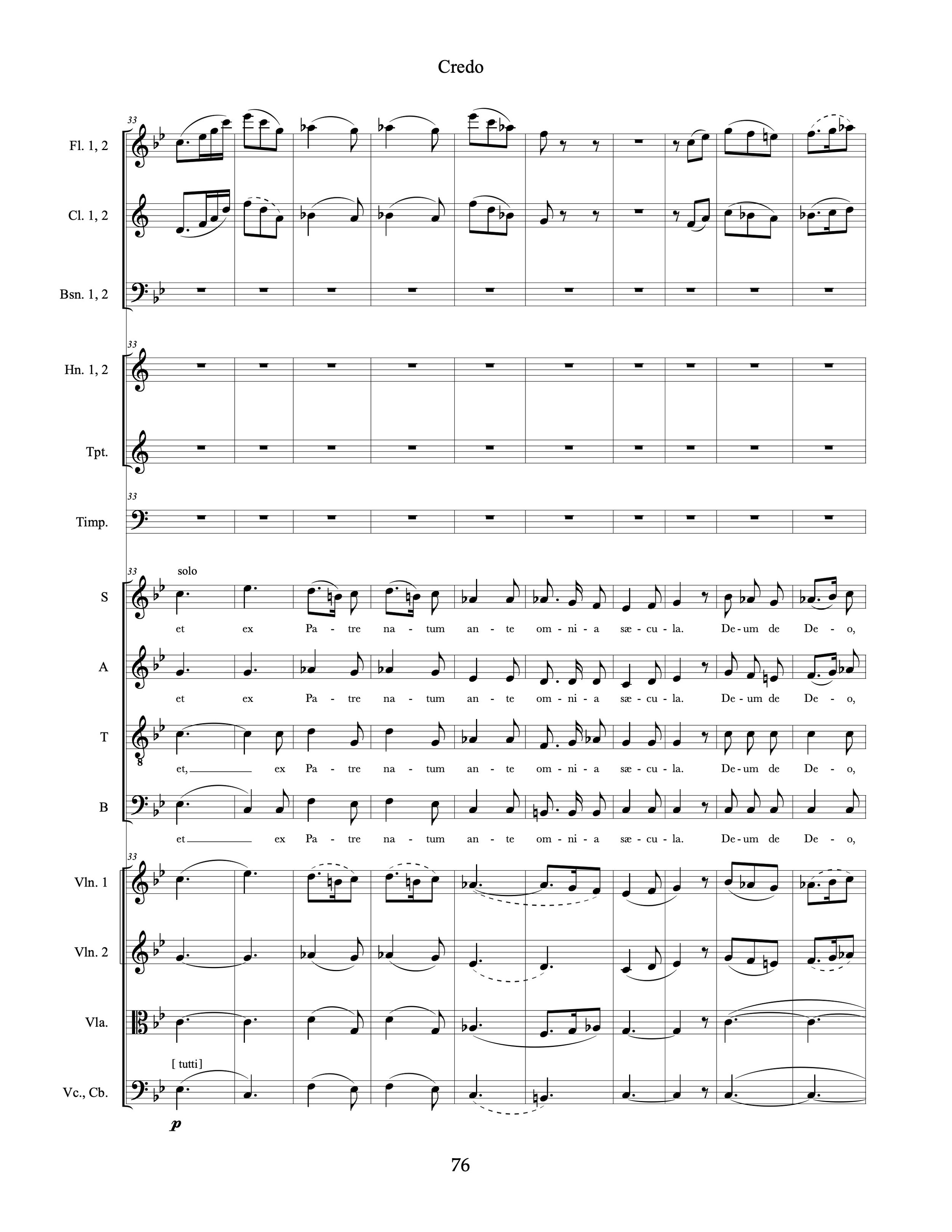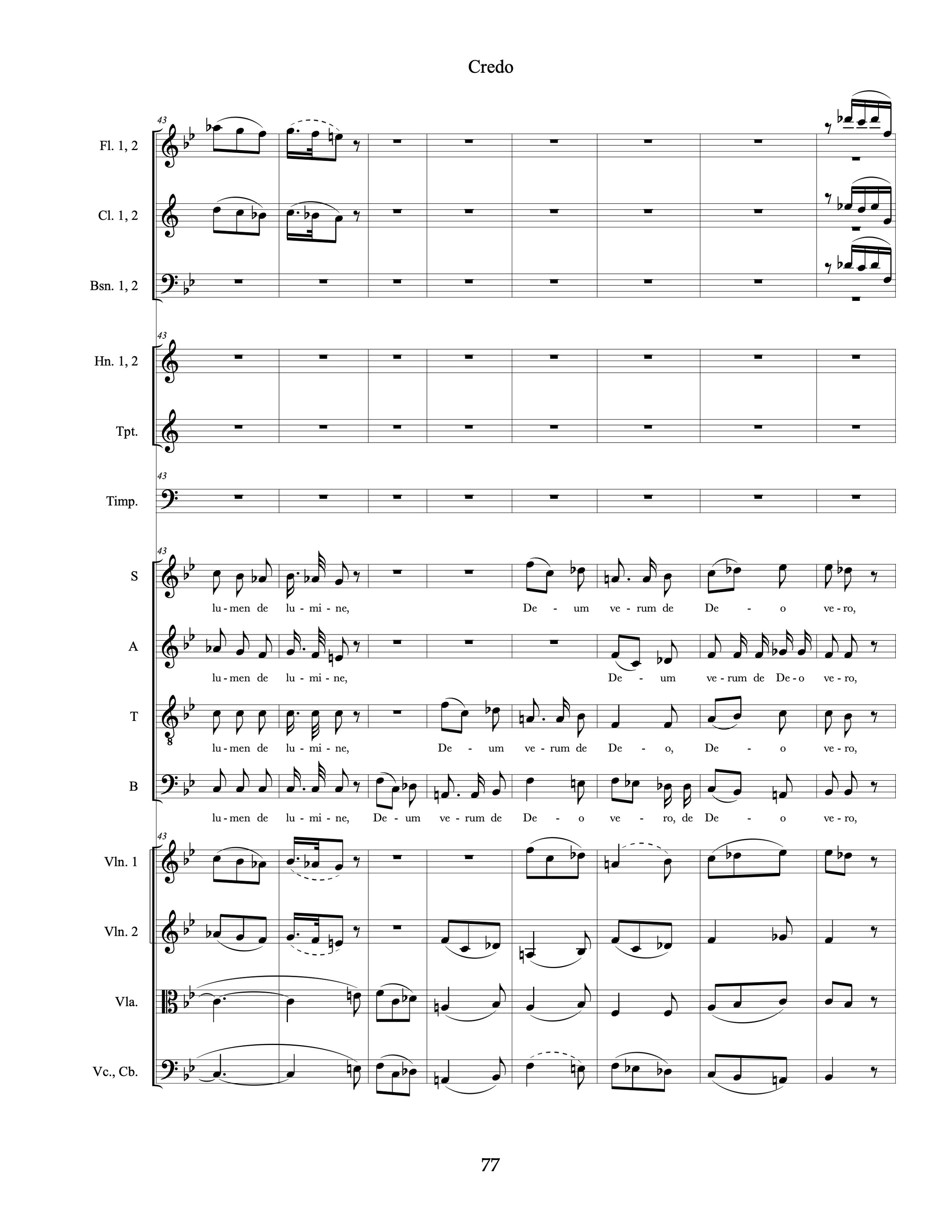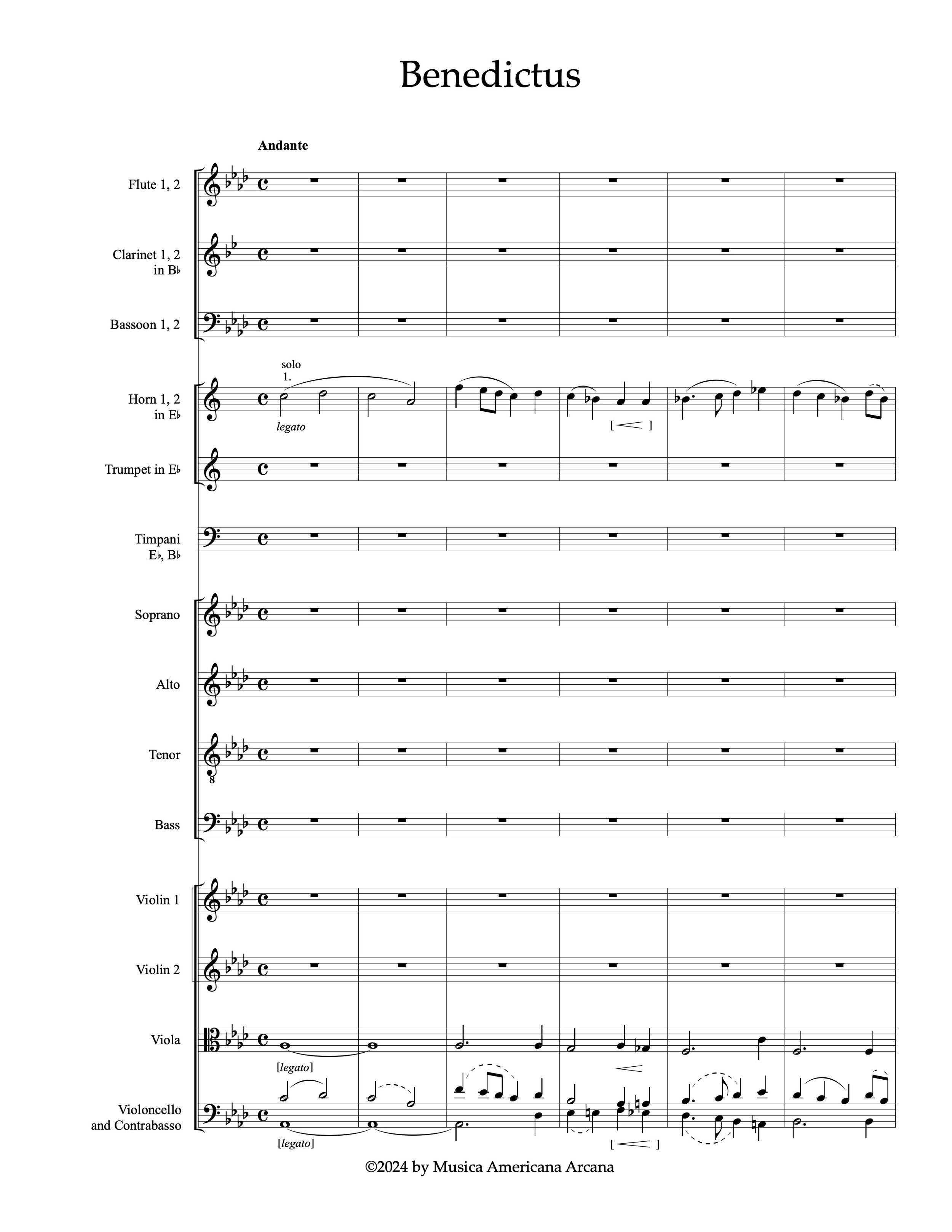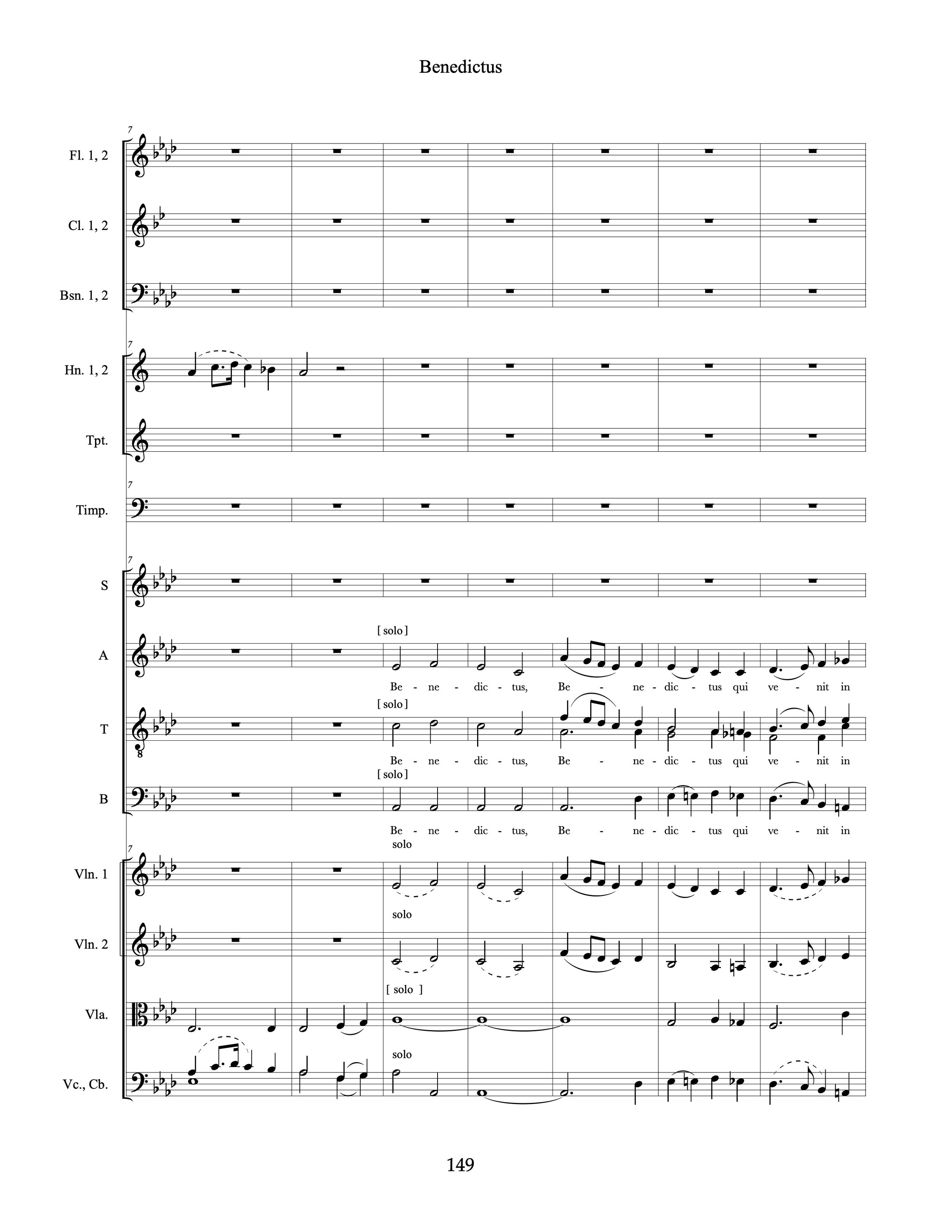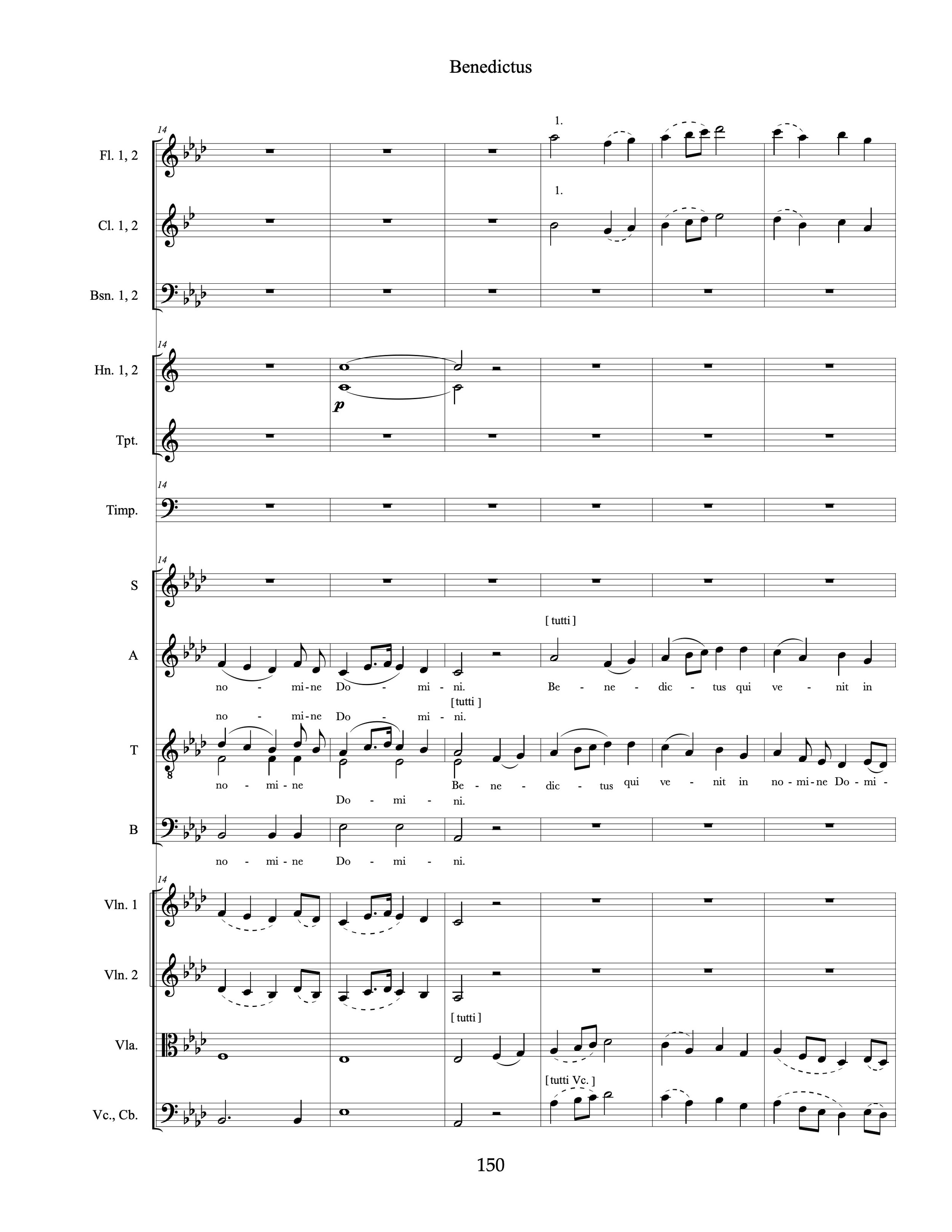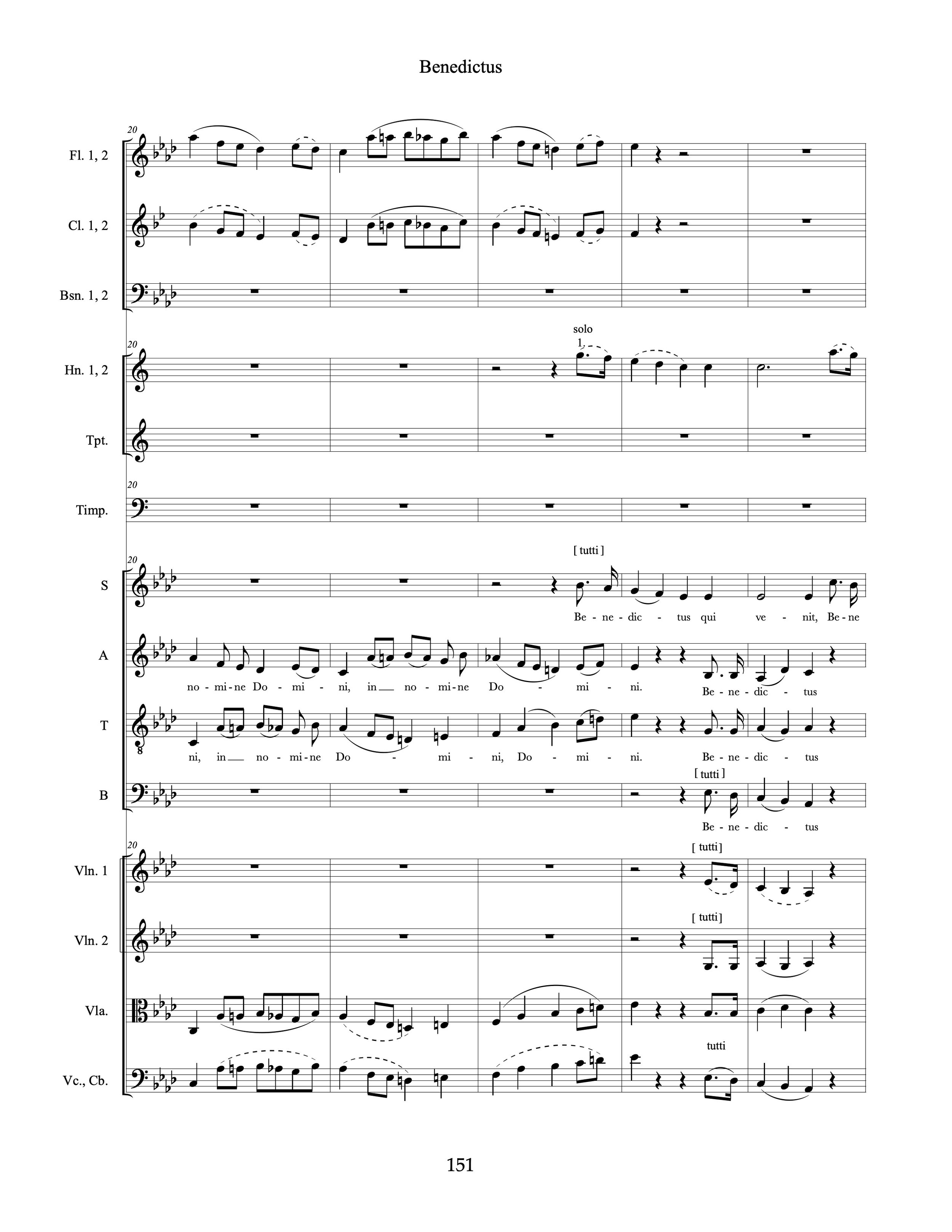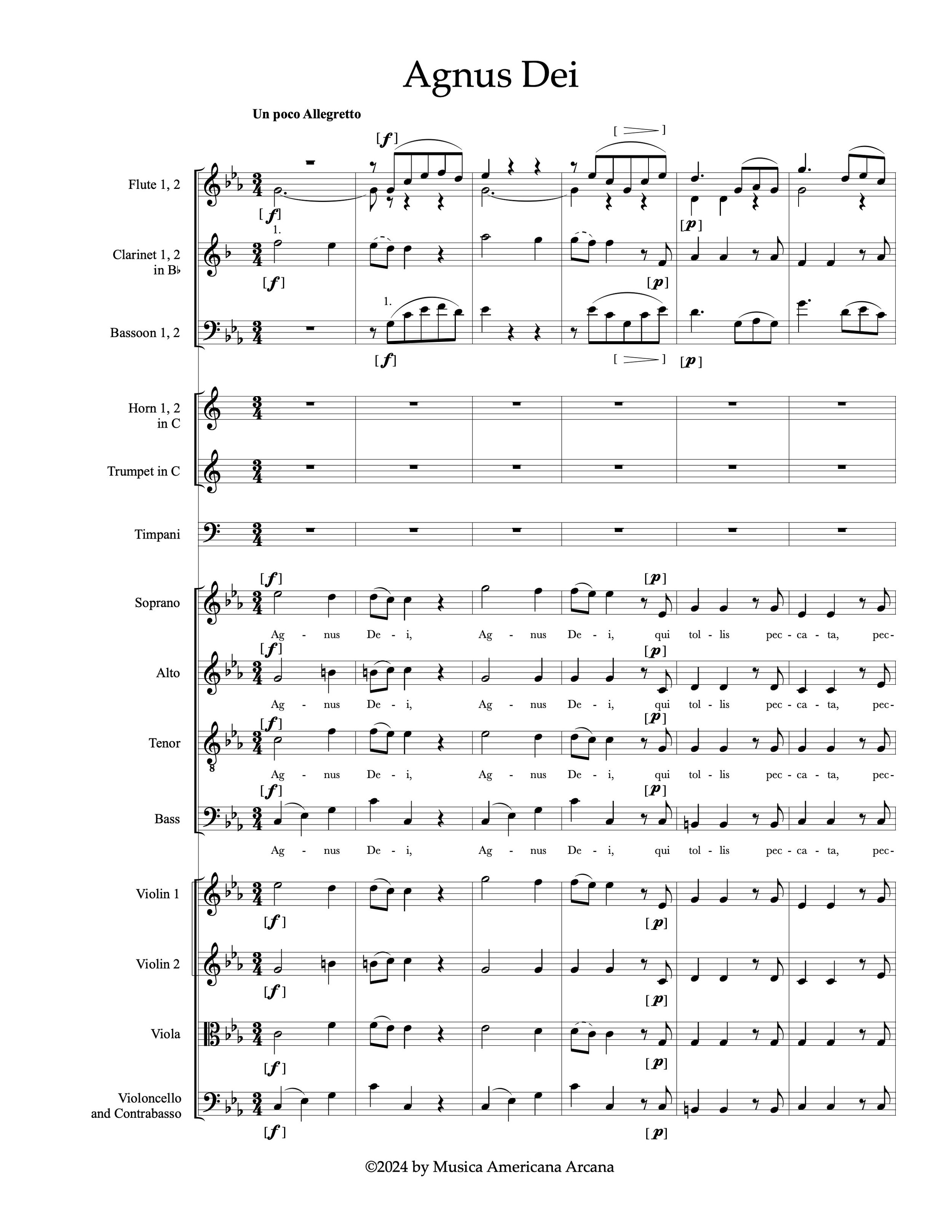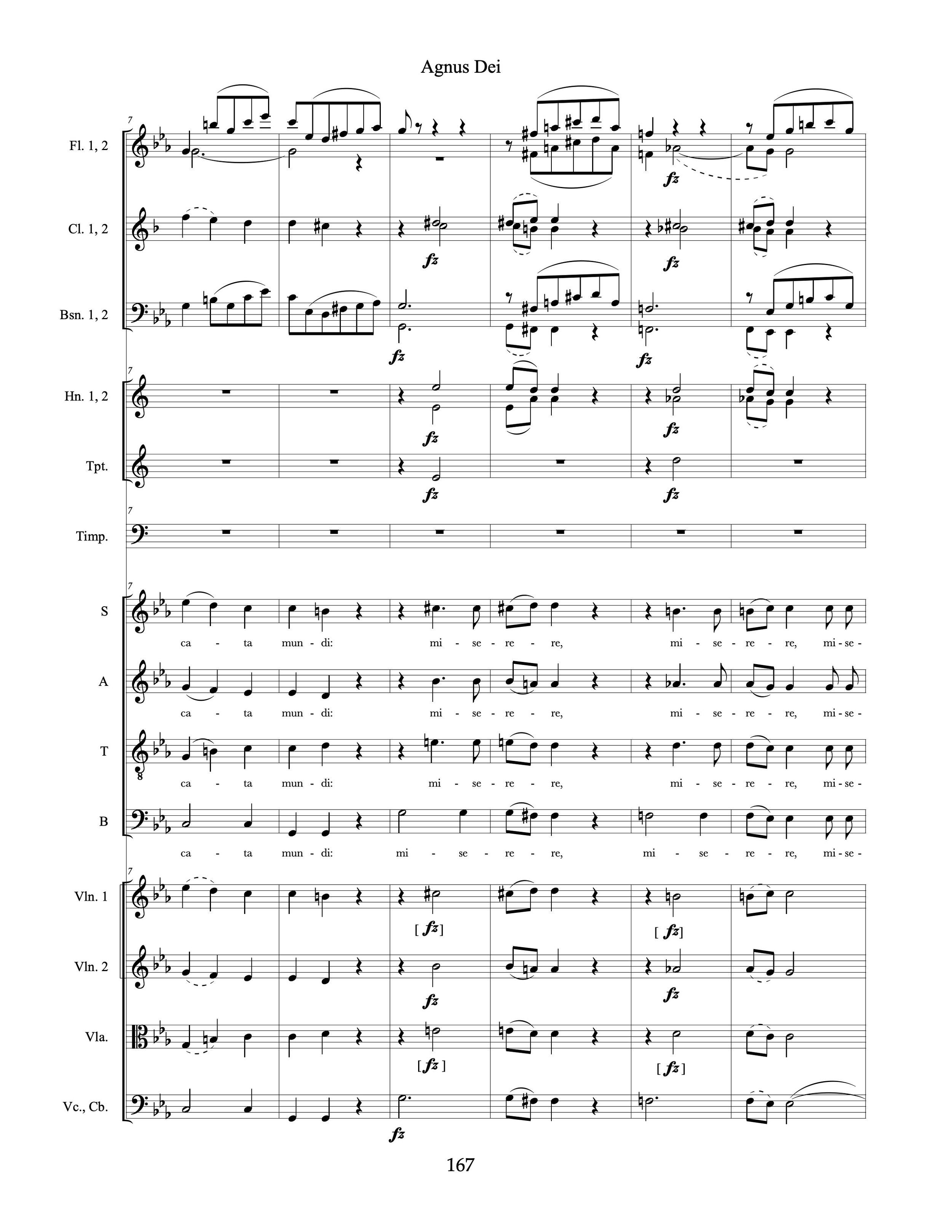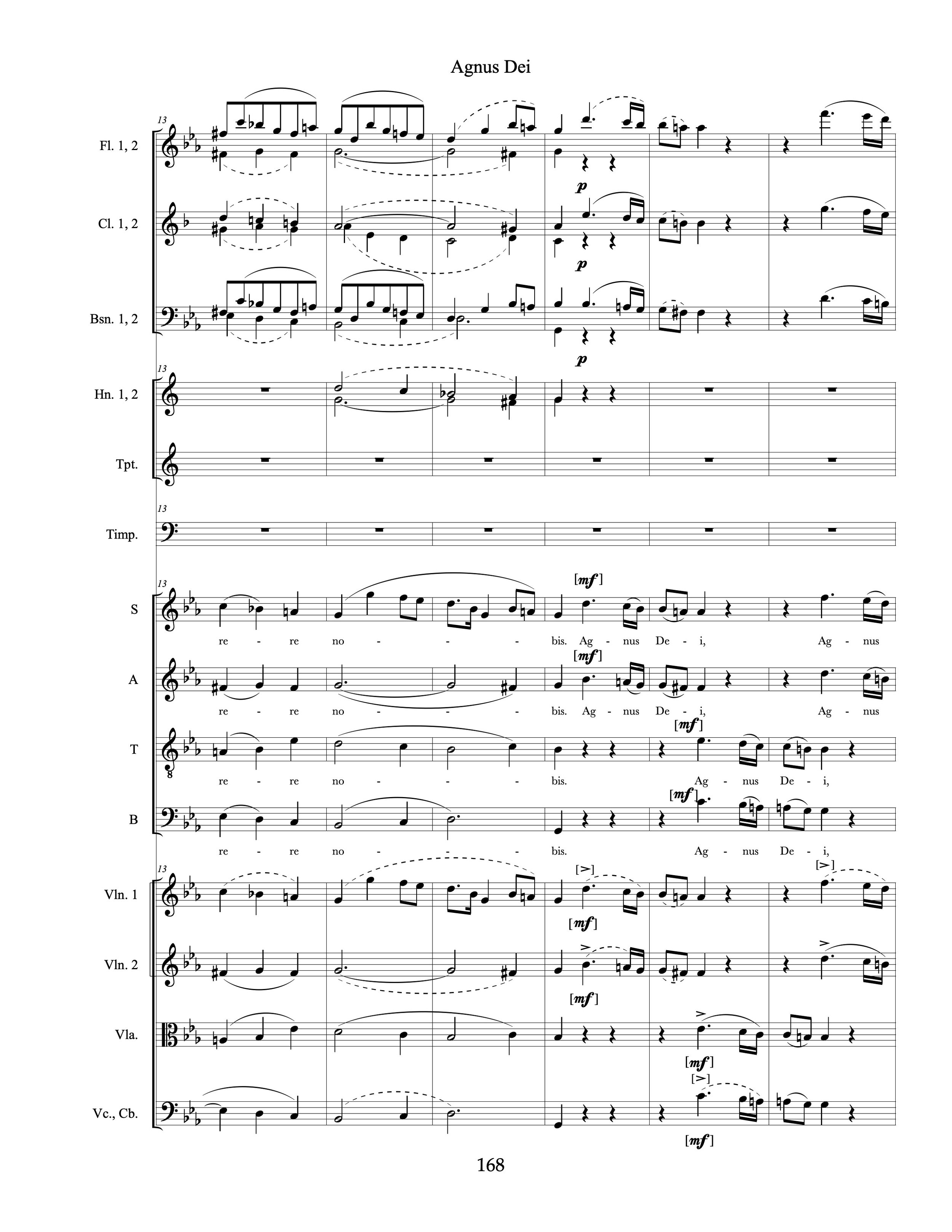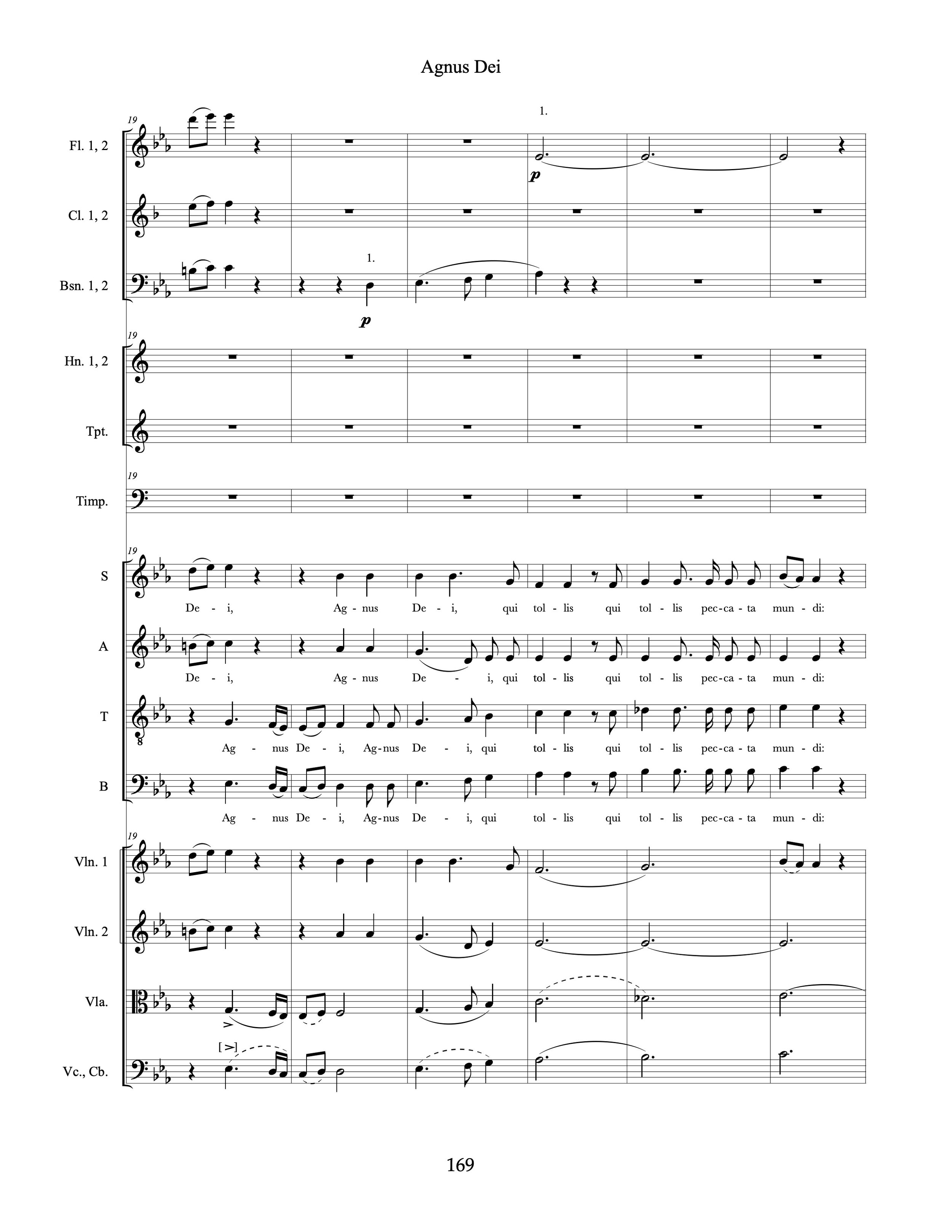MAA 3:2 Missa No. III by Charles Zeuner (1795-1857)
Heinrich Christoph Zeuner (1795-1857) stands out from among the many European-born musicians active in the first half of the nineteenth-century United States. Recognized as one of America’s finest organists in the nineteenth century, he was active as a performer, conductor, and composer. Zeuner’s music synthesized baroque and classical-era German stylings in a manner contemporary with other notable German Romantic musicians such as Felix Mendelssohn and Sigismund Neukomm. Indeed, his teachers were directly connected to both J.S. Bach, W. A. Mozart, and Franz Josef Haydn. However, he maintained his own distinctive compositional style that featured expressive chromatic harmony and a Romantic reinterpretation of Baroque counterpoint that was simultaneously expressed in the late-eighteenth and early-nineteenth high classic and early Romantic musical styles of Vienna and other German-speaking lands.
The Missa No. III survives in an almost complete holograph score in the Newland Zeuner Collection held by the Library of Congress and is the earliest concerted mass with orchestral accompaniment to survive from the United States.. It is scored for SATB choir with solos for each voice and accompanied by a classical period orchestra of two flutes, clarinets, bassoons, and horns, along with trumpet, timpani, and full strings. Although Zeuner presents introductory and transitory passages for the orchestra alone, the instruments most often double the various vocal parts, particularly those for the strings. The woodwinds offer timbral color to accentuate certain lines through octave doubling that create effective orchestral textures throughout. He mostly avoided virtuosic displays except for a few passages for the first violins that in sum impart a mostly devotional Affekt for the piece, with a few contrasting sections for dramatic power.
The same is true for the vocal parts. Zeuner will emphasize contrapuntal inventiveness over the coloratura style popular in this era. The only passage approximating an aria in the entire mass occurs in the Credo at the beginning of the Et incarnatus est. It consists of a short solo for either soprano or tenor. This overall emphasis on expression and substance, rather than dash and virtuosity imbues the work with many effective and harmonically rich passages, situating the text of the mass ordinary within typically nineteenth-century musical conventions.
What stands out in this piece is is the quality, creativity, and musicality inherent in this work when viewed with Zeuner’s European peers. He expresses both the rich lineage of his training and his unique compositional voice. Zeuner’s deft handling of counterpoint and mastery of the chromatic extended harmony of the middle Romantic period was without parallel in the United States during the 1830s. As such, this work deserves rediscovery for this unjustly neglected American composer.
Charles Zeuner’s grave at the Cimetière de Montmartre (photo by By Thomon - Own work, CC BY-SA 4.0, https://commons.wikimedia.org/w/index.php?curid=48250432)
